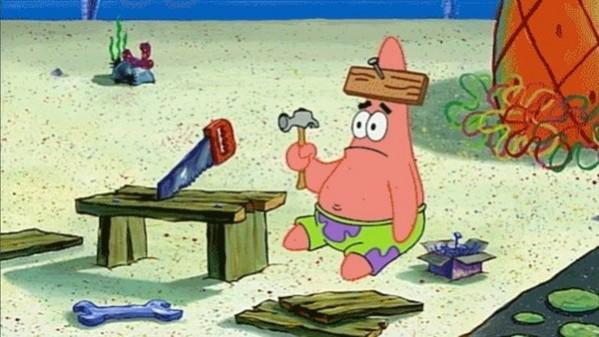
A Japanese girl's tweet of a sea star in a US aquarium with a 'heavy bottom' has gone viral triggering a barrage of memes. The sea star is known for the vivid red-orange colour and the symmetry of their five arms (A sea star is also known as a starfish, but biologists prefer the former because the animal is no fish). But this inmate of a California aquarium quickly gained internet fame for a body part that isn't usually associated with starfish: a shapely posterior.
Twitter user @Babyshoujo, who uses the username AKARI and professes interest in "fashion/art/makeup/miscellaneous bullshit", tweeted the image of the "thicc" bottom seastar as the animal clung to a rock in an exhibit at the Aquarium of the Pacific in Long Beach, California, an article on the LiveScience website says. The seastar's prominent bottom captivated Twitterati and other social media users with hundreds of thousands sharing the photo and many creative users coming out with cute memes. Perhaps, what triggered the social media frenzy was the original poster's comment of 'thicc bottom'.
Some commenters drew comparisons to the "SpongeBob SquarePants" seastar character Patrick Star, who often proudly displays his prominent, rounded bottom. However, experts were quick to point out that the "butt" isn't quite what it seems.
Vermillion sea stars (Mediaster aequalis) are found near low-tide lines and on the rocky sea bottom in the eastern Pacific Ocean, with their range extending from Baja California north to Alaska, according to the Georgia Aquarium. Sea stars are echinoderms, the group that also includes sea cucumbers, sand dollars and sea urchins.

Sea stars have centrally located anus, but they don't have human-like buttocks, as the cartoon Patrick Star does, the article says. The photograph merely showed the contracted muscles of the sea star's arms as they were gripping the rock, Nate Jaros, curator of fish and invertebrates at the Aquarium of the Pacific, told USA Today.
Because the seastar's body is vertically aligned and has no internal skeleton, gravity causes its internal structures to "slump," and that produces the shapes resembling the human buttocks in the picture, Jaros explained.
In March, social media users were apparently intrigued by a similar illusion of thickness in a white-faced saki monkey (Pithecia pithecia) in Finland's Korkeasaari Zoo. The monkey, named Bea, appeared to be heavily muscled, her biceps as rounded as the sea star's butt at the Pacific Aquarium. However, the so-called buff monkey's bulk was really just fluffy fur, zoo representatives later clarified, according to the article.
















